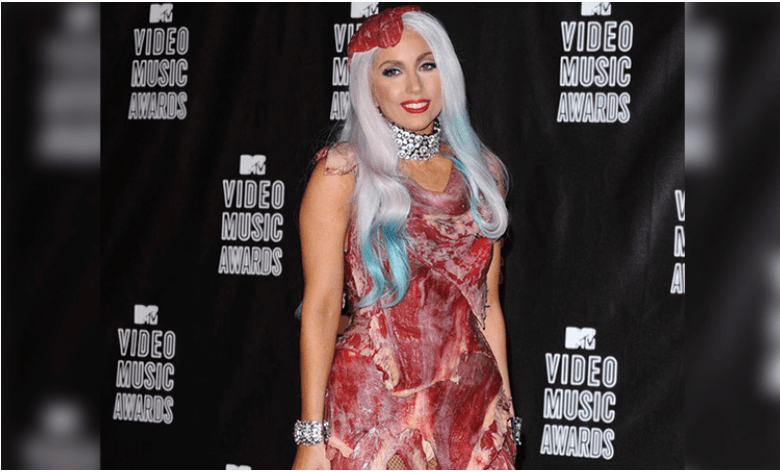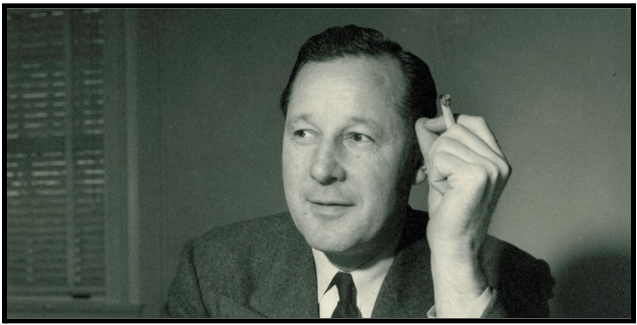Talking Big Ideas.
“Naked people have little or no influence on society.”
~ Mark Twain
Imagine we go out to a party tonight.
You and I show up together. We walk in, grab a drink, and look around the room. There are lots of folks gathered in groups chatting. You don’t recognize anyone.
How long does it take you to begin to form impressions of these people? Do you hold off until you’ve had long and thoughtful conversations with each of them? Or do you start judging immediately?
A hundred years ago the philosopher Harry Overstreet wrote: “Even before we speak, very often, we are condemned or approved.” Stanford psychologist Nalini Ambady gained worldwide attention for her research on these quick judgments.
Ambady had students rate teachers based on 30-second soundless video clips of their lectures. The ratings matched what the teachers received from students that completed their semester-long courses. Incredibly, the experiment held after reducing the clips to 10 seconds, 6 seconds, and even 2 seconds!
MIT neuroscientists discovered that we effectively process visual information and begin forming judgments in less than 1/60 of a second. It’s so quick we don’t even have a word for it.

Yet this speed – 1/60 of a second – is how quickly people start to judge you based on your appearance.
Consider Susan Boyle’s iconic audition for Britain’s Got Talent. The crowd takes one look at her and cringes. She only wins them over with her world-class talent. When Boyle belts out the line “I had a dream my life would be so different from this hell I’m living” we feel it deeply because she sounds amazing – and looks like hell.
What’s the first impression people have about you?
What you wear has an immediate and profound impact on how people perceive you. Even a quick glance at your shoes and people make judgments about your age, income, gender, personality, politics, and status. And they are usually right!
So what should you wear?
Below are three principles to consider: brand, confidence, and connection.
BRAND
Dress to build your brand.
George Washington had an awe-inspiring authority. Men held him in such high regard that they followed him into battle against desperate odds. Women who danced with Washington described him as “godlike.” The public pleaded for him to be their king.
Washington understood the power of appearance in building his brand. His shoes were always polished, his jacket brushed, his stockings straight.
Hillary Clinton switched from skirts to pants as she built her brand as a senator and presidential candidate. First ladies wear skirts. Presidents wear pants. The switch had the added benefit of avoiding unflattering photos.
The British royal family follows highly specific and strict rules for what they can wear and when. Ben Franklin eschewed elite attire for simple American clothing. Even when he was minister to France. His brand was “pioneer not prince.” People loved him for it.
Consider Zelenskyy and the other current Ukrainian leaders. They embrace the Franklin Way with their olive-colored t-shirts. The message is clear: I’m a regular person. Just like you. We are strong and united together.
Your brand is what people say and think about you.
Are you a cool hipster? A nerdy professor? An unbiased expert? Dress the part. As presidential speechwriter James Humes says, “Clothes make a statement. The selection of garments should not be casual or by chance.”
CONFIDENCE
Dress to feel good about yourself.
When I was a kid I had a pair of black and yellow shoes. I loved wearing them. I was convinced they made me jump higher. Today, I have two tailored suits. I love wearing them. I’m convinced they make me speak better.
Our performance improves and confidence grows when our clothes make us feel and think we are high status. Kelly Stoetzel, the content director for TED, writes:
The last thing you need is wardrobe stress in the hours leading up to your talk. . . . The most important thing is just to wear something that boosts your confidence. This is something you can control in advance.
Set yourself up to feel awesome at big events. You don’t want to worry about how you look. You want to love it. If it feels tight, baggy, or somehow not quite right, don’t wear it.
Free your mind to focus on connecting with the people that matter.
CONNECTION
Dress to build a meaningful connection with your audience.
The Greek historian Herodotus realized more than two millennia ago that we trust our eyes more than our ears. This is a timeless truth. Dale Carnegie wrote, “If a speaker is sloppily dressed, the audience has little respect for them.” He adds that people will likely assume “their mind is as sloppy as their slipshod attire.”
I’m surprised how poorly men in particular dress for professional events. I often see ill-fitting shirts puffing out of pants. And baggy wrinkled suits.
Years ago I got to stand on stage and introduce Tyler Cowen and Steven Pinker. Two intellectual giants and heroes of mine. As soon as I finished speaking my friend Kate pulled me aside and said, “What’s wrong with you? You made us all look bad!”
She pointed out I had holes in my shoes. It was distracting and off-putting. She drove me to Georgetown afterwards and had me buy quality shoes. Her honesty and support made me better, and I appreciate her for it.
Consider this old photo of me:

Who would take that guy seriously?
Visuals either complement your message or draw attention away. This includes slide decks as well as personal appearance. Use your attire to enhance what you say and build your audience connection.
***
![]() IDEA
IDEA
Dress with intention.
Take a moment to observe the people around you. Look up from your computer at the office. Notice who walks by you on the sidewalk. Sit for a minute on a park bench. Or just watch a show or video clip that highlights a bunch of different people.
Notice how quick you form judgments about these people based on their appearance. What attire makes you think they are high status? Low status?
BONUS: What’s the brand you want to build? Take a minute and come up with a name. Maybe it’s Badass CEO, Forward-Thinking Scholar, Trendy Fashionista. What does this person look like walking down the street or in the airport or at a conference?
***
Listen to ZZ Top to get excited about looking good. Next week, we’ll discuss specific tactics to build your brand, confidence, and connection with your appearance.
For more like this:
If you find this useful, please subscribe to our free weekly newsletter.




